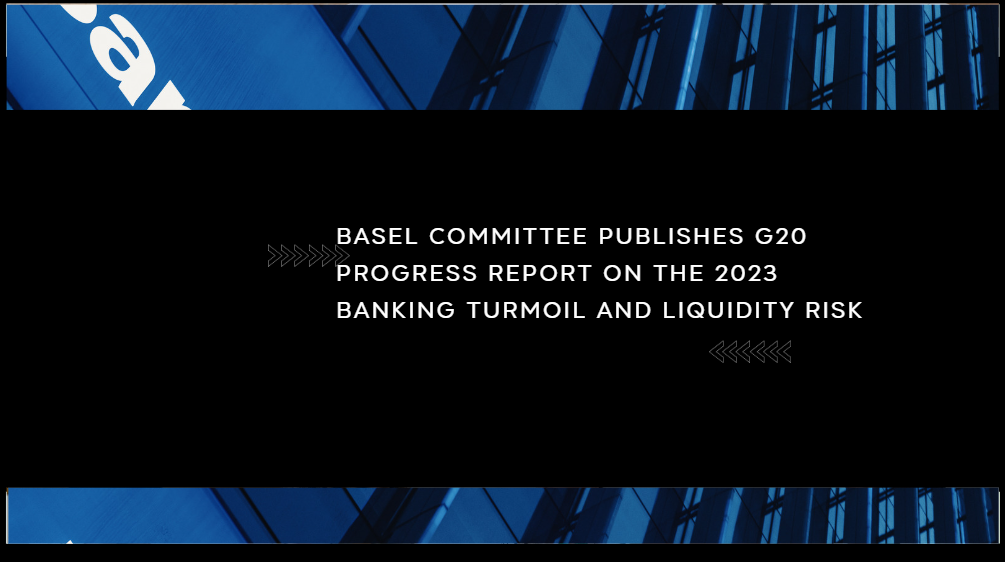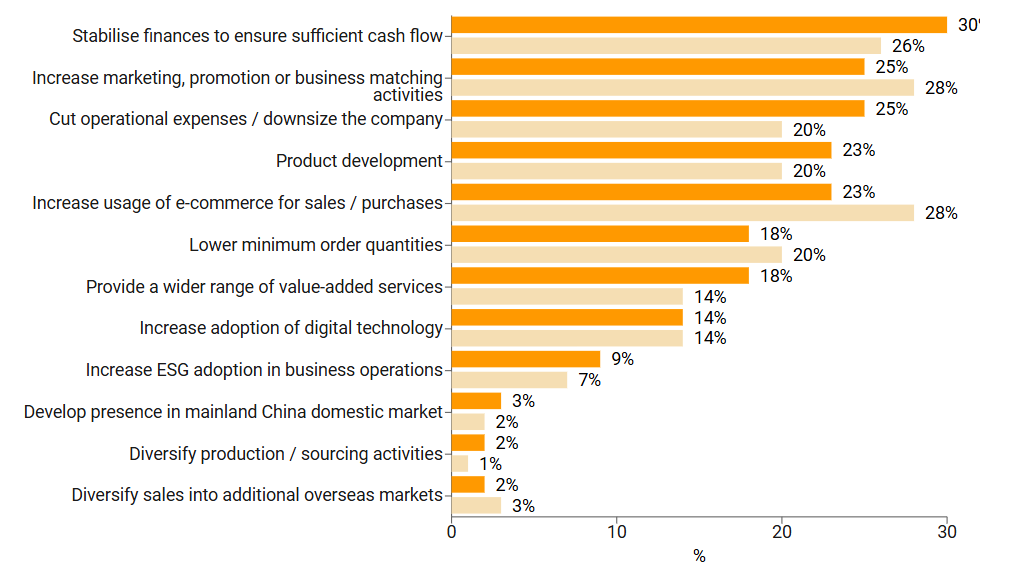China Unveils Plan for World-Class Futures Market with New Regulatory Guidelines
China has rolled out a comprehensive plan to strengthen its futures market, aiming to enhance regulation, mitigate risks, and promote high-quality development. Announced on October 11 by the General Office of the State Council, the guidelines were developed by the China Securities Regulatory Commission (CSRC) in collaboration with six other agencies. The plan outlines a three-phase roadmap with goals set for 2029, 2035, and mid-century.
By 2029, China seeks to establish a regulatory framework and business model with distinct Chinese characteristics. By 2035, the goal is to create a secure, transparent, and globally competitive futures market. By mid-century, China plans to build a world-class futures exchange with a full range of products and stable operations, enhancing its global influence in commodity pricing and financial markets.
Key Regulatory Measures
The guidelines set out 17 key actions across eight areas, focusing on enhanced supervision and risk prevention. A central feature is the strengthening of "penetrative supervision" to monitor trading behavior and enforce strict rules for market participants. This includes stricter oversight of account registration, unusual trades, and high-frequency trading (HFT), with plans to refine HFT regulations to balance market innovation with stability.
Crackdown on Market Violations
To protect market integrity, authorities will crack down on illegal practices such as market manipulation and insider trading. Offenders will face harsher penalties, including market bans. These efforts aim to curb speculative trading and safeguard the real economy.
Support for the Real Economy
The futures market will play a more significant role in supporting China's real economy, especially in sectors like agriculture, manufacturing, and energy. By improving the connection between futures and spot markets, businesses can better hedge against price volatility, contributing to stable economic growth.
Expansion of Financial Futures and Derivatives
The plan also calls for the cautious development of financial futures and derivatives. Stock index futures and options will help stabilize capital markets, while expanding participation in treasury bond futures will enhance interest rate risk management. Long-term investors, including pension funds, will also be encouraged to engage in financial futures trading, boosting market depth and stability.
Opening Up to Global Markets
China will continue to open its futures market to international traders, allowing qualified foreign investors to participate in a broader range of commodities. This gradual opening aims to increase China's influence on global commodity pricing while ensuring market stability.
Enhanced Risk Management
The CSRC will improve real-time monitoring of trading behavior, capital flows, and price fluctuations through big data and advanced analytics. Enhanced risk management systems, including better collateral protocols and clearer default procedures, will strengthen the market's resilience.
In conclusion, China's new regulatory guidelines represent a major step towards building a world-class futures exchange. By enhancing regulation, supporting the real economy, and opening up to global markets, China is positioning itself as a leader in commodities and financial futures trading.






















































First, please LoginComment After ~